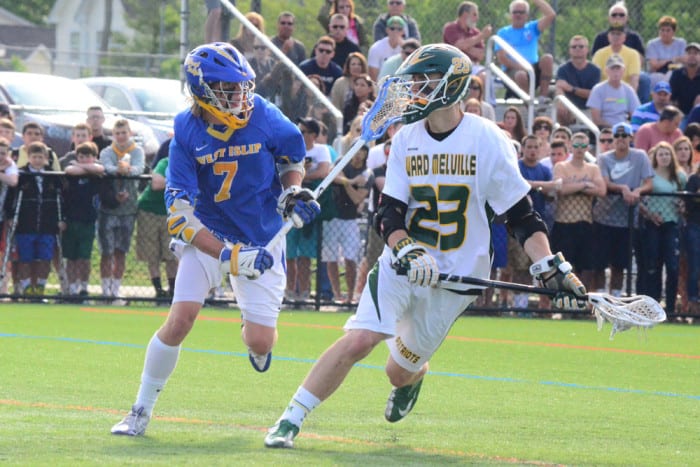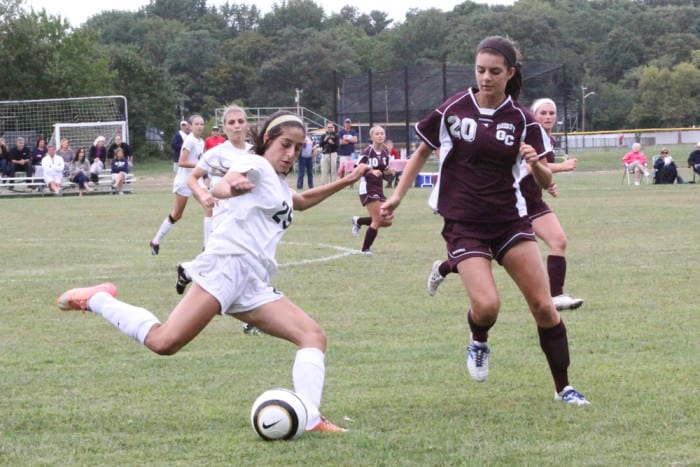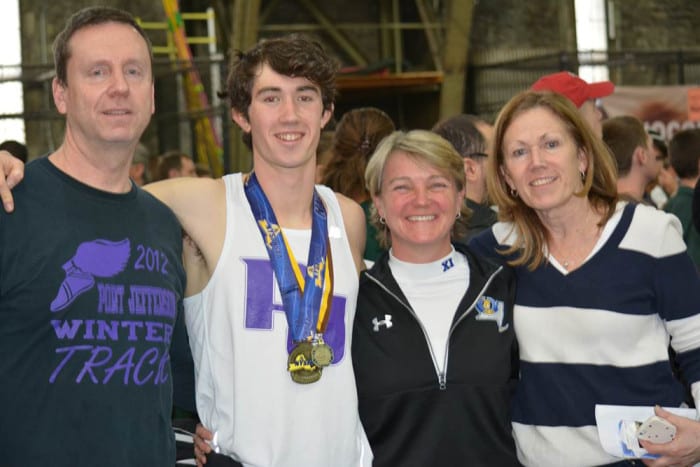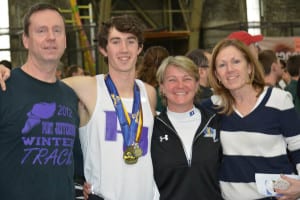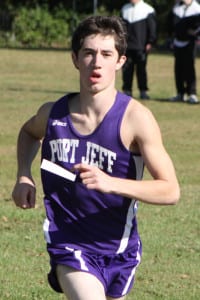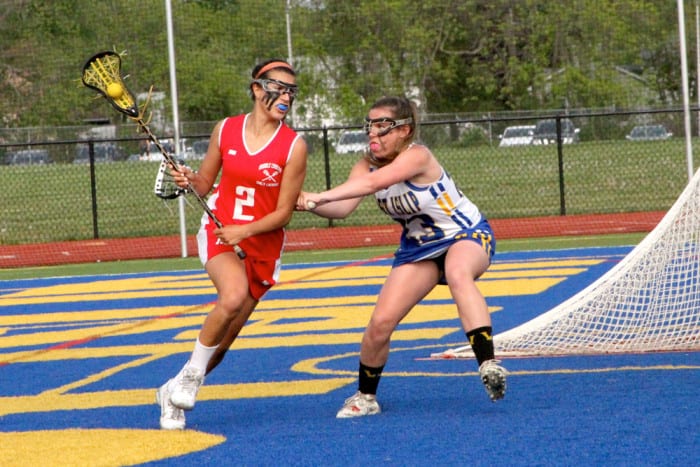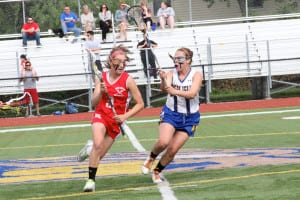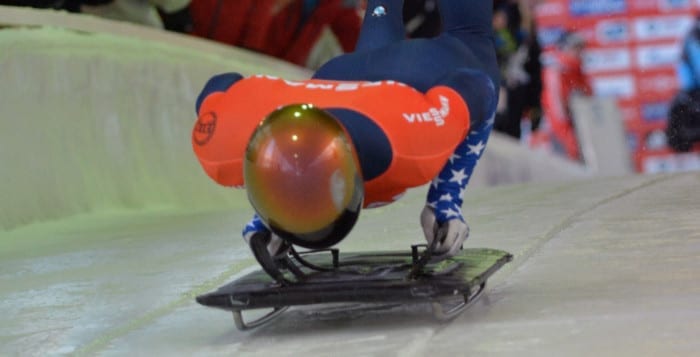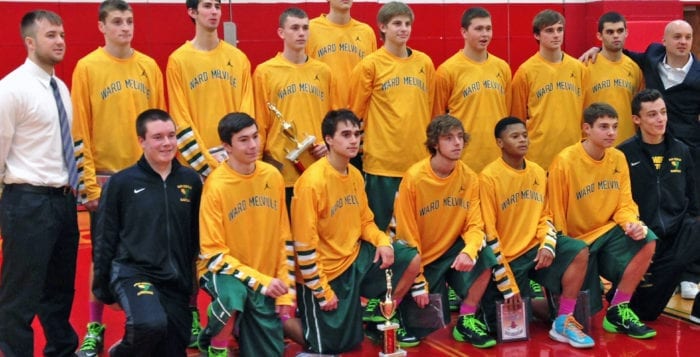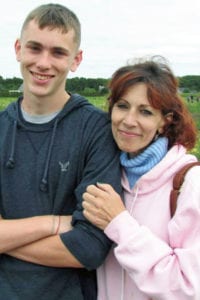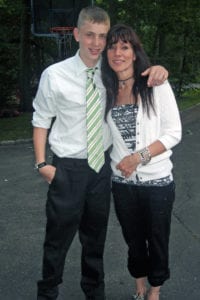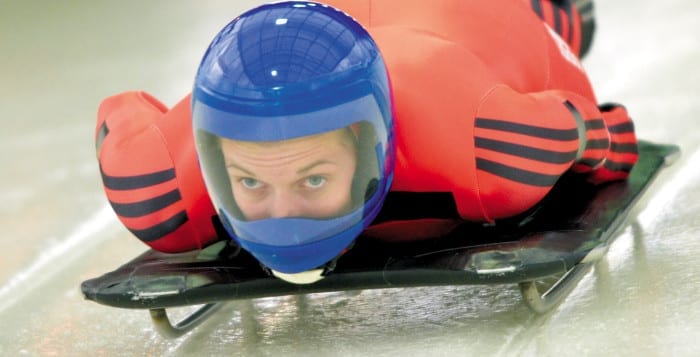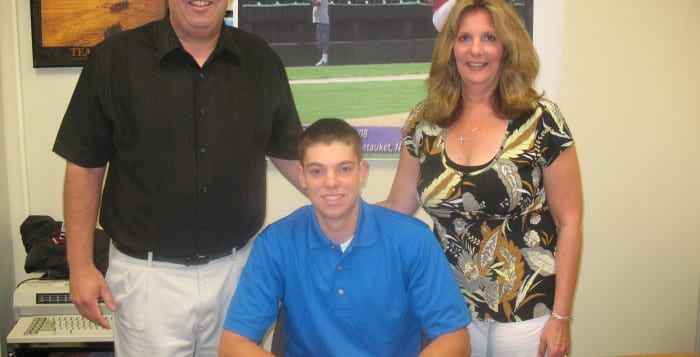With 17 seniors returning to this year’s Ward Melville boys’ lacrosse squad, the team said it is confident that it can once again achieve the state championship-like caliber it had in the 2012-13 season, when the Patriots went 21-0-1 and won the school’s first state title since 2000.
“We have a ton of senior leadership, which is important and what all of the great teams have,” senior midfielder Jake McCulloch said. “Our chemistry is something that really stands out.”
A significant amount of this season’s returning players were also on that state championship-winning team, which should be a boost even despite 13 seniors graduating at the end of last season. Despite the small hiccup last season, the Patriots still said they are ready, and hungry.
“I think we underachieved a little bit last season, quite honestly, but we also had a significant amount of injuries,” head coach Jay Negus said. “In terms of looking forward, I’m very optimistic with this group. We have a great group of senior leaders and the initiatives that this group has taken thus far, in terms of shoveling the field by themselves, the way they warm up, the way that they’re practicing; they’re all business.”
The Patriots finished last season with a 13-6 overall record and 10-4 mark in League I play, losing in the quarterfinals of the Suffolk County Class A playoffs to West Islip, 7-5.
The boys said they are using the disappointment as motivation this season, and Negus said he has taken notice.
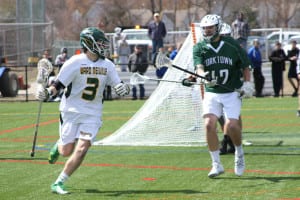
“They look really good, they’re whipping the ball around, they’re focused and they’re really absorbing all the stuff we’re throwing at them this early on,” he said. “Right now we’re hitting the ground running and we’re very excited about the season.”
Senior attack Danny Bucaro said the team has been going over the offensive plays and positioning in practice, and working on the simple things like ground balls, endurance, catching, throwing and shooting. The team only has two weeks to prepare for the start of the season, because of the weather, which Bucaro said differs from years past, where the team normally had three weeks to practice.
“We have to work hard all the time and give 110 percent effort,” he said. “The only thing that will bring you success is working hard. The young guys have a lot of talent and it’s really nice that we click in all aspects both on and off the field.”
As a result of this, McCulloch said he thinks the offense is going to improve because of the depth, which leads to more options to score.
Negus said Bucaro and McCulloch would be leading the way on that front.
“They are the two focal points of the offense that also lead by experience and get the rest of the guys on board,” he said, also noting other strong senior returners like midfielders Jimmy Kickel, Mike Cusmano and John Burgdoerfer, who he’s hoping will also contribute on offense.
On the other side of the field, senior Tommy Reilly is returning from back surgery, according to the coach, and will join forces with senior Michael Cirrone, junior John Day and sophomore Andrew McKenna to solidify the defensive end.
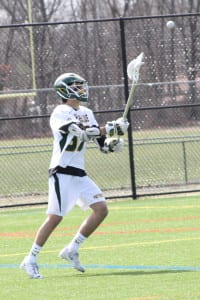
“We’re really focusing on the conditioning aspect, especially early on, to get the guys ready so that they’re in shape and that the injuries don’t happen,” Negus said. “The athleticism and the speed that this group has from offense to defense is something that is really going to help us separate from the competition.”What will also distinguish the team is the stiff competition the boys will be up against. Negus said he is following his pattern from last season and scheduled nonleague games against top teams Chaminade, West Islip, Ridgefield and Yorktown.”It’ll allow it to be the sort of litmus test for us to see what our strengths and weaknesses are,” he said. “When you go against a powerhouse like Chaminade, those things stand out right from the start.”After a scrimmage against Miller Place, the team’s first test will come in the form of Chaminade, on March 21 on the Patriots’ home turf.
Negus also kept these scheduled games as a result of the league realignment, which removed games against some top teams like Suffolk County champion Smithtown East.
“We scheduled a really difficult nonleague schedule to prepare us for that playoff push against some of the teams we’re not going to see during the year,” Negus said.
McCulloch said he is excited for the challenges ahead and is looking forward to going against high caliber teams that will show the Patriots what they need to do in order to achieve their goal.
“Even if we do come out ahead, they expose our weaknesses, and it’s better to get them out against good teams like that, and then we can work on them in practice, but playing the best competition brings out the best in us,” he said. “I think just playing as a team and the friendships that we build this year will be important, but a state championship is obviously the biggest goal.”

